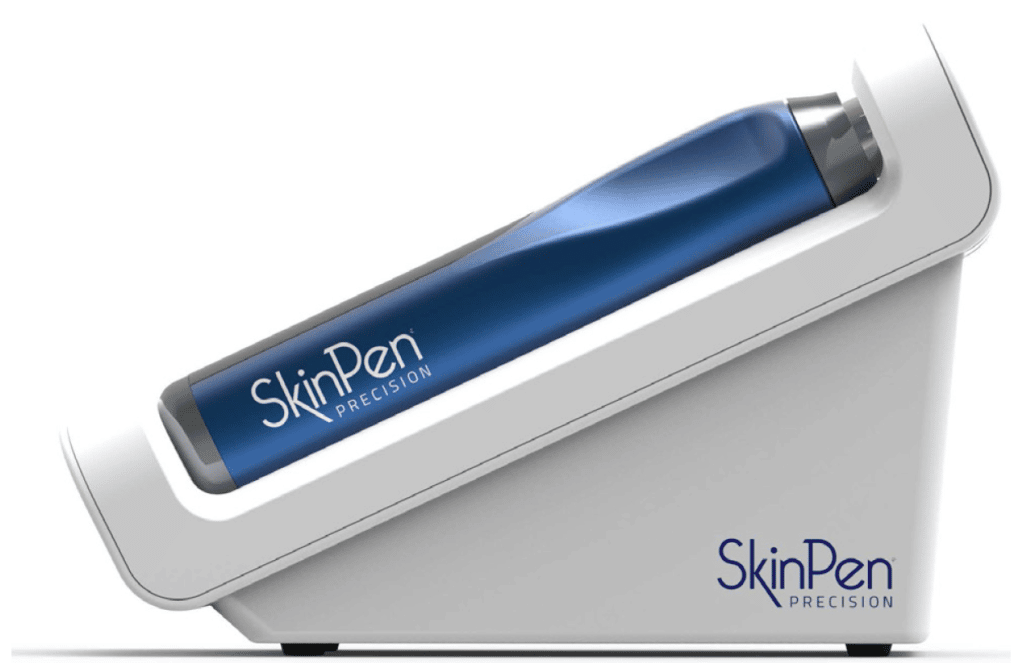Microneedling has fast become a go-to treatment for smoother, brighter, and healthier-looking skin. With benefits ranging from improved skin texture to reduced scarring and fine lines, it’s no surprise that people of all ages and backgrounds are curious to try it. But one key question remains: Is microneedling safe for all skin types?
The short answer is Yes. Let’s explore how microneedling works across different skin types and tones, as well as what to keep in mind for the safest and most effective results.
What Is Microneedling? A Quick Recap
Microneedling is a non-invasive treatment that uses ultra-fine needles to create thousands of tiny, controlled micro-channels in the skin. This stimulates the body’s natural healing response, increasing collagen and elastin production, two essential proteins for youthful-looking skin.
The result? Smoother texture, smaller pores, improved pigmentation, and a more even, radiant complexion. But how your skin responds can vary depending on your skin type.
Fitzpatrick Skin Types Explained
To better understand how microneedling affects different skin tones, many professionals refer to the Fitzpatrick scale, a classification system that ranges from Type I (very fair skin that burns easily) to Type VI (very deep skin tone that rarely burns).
Why does this matter? Because darker skin types are more prone to post-inflammatory hyperpigmentation (PIH), a darkening of the skin after trauma. This means certain treatments (like lasers or chemical peels) can be risky for deeper skin tones. Fortunately, microneedling offers a safer alternative.
Is Microneedling Safe for Darker Skin Tones?
Yes. Microneedling is recommended as a safe and effective option for individuals with darker skin tones (Fitzpatrick Types IV–VI), when performed by a trained and qualified professional.
Because microneedling doesn’t use heat or aggressive chemicals, the risk of triggering hyperpigmentation or scarring is significantly lower than with other treatments like laser resurfacing. It’s ideal for treating:
- Acne scarring
- Stretch marks
- Uneven skin tone
- Enlarged pores
However, technique matters. A qualified practitioner will adjust the needle depth and speed according to your skin type and concern to ensure optimal safety and results.
What About Sensitive or Acne-Prone Skin?
Microneedling can be a fantastic option for sensitive or acne-prone skin when done at the right time. It can help improve acne scarring and boost skin healing, but it’s important to avoid active breakouts, as microneedling over inflamed acne can worsen irritation or spread bacteria.
For sensitive skin types, your practitioner may use a shallower needle depth to reduce the risk of discomfort or inflammation.
Who Should Avoid Microneedling?
While microneedling is generally safe for most skin types and tones, there are some exceptions. You should avoid microneedling if you have:
- Active acne or infections
- Eczema or psoriasis in the treatment area
- A history of poor wound healing or keloid scarring
- Uncontrolled rosacea or very thin skin
- Pregnant or Breastfeeding
- Cancer
- There are several contraindications; seek professional advice before undergoing a microneedling treatment.
Always book a consultation to discuss your medical history and skin concerns before proceeding.
How to Ensure Safe Microneedling for Your Skin Type
To keep your treatment safe and effective:
- Choose a licensed, experienced practitioner, especially if you have darker skin.
- Avoid at-home microneedling devices, which carry a higher risk of infection and skin damage.
- Follow all pre- and post-care instructions, including sun protection and hydration.
In Summary
Microneedling is a versatile treatment that’s safe for all skin types and tones when performed correctly. Whether your skin is fair, medium, or dark, microneedling can offer a secure and gentle solution to help you achieve a radiant, even-toned complexion.






